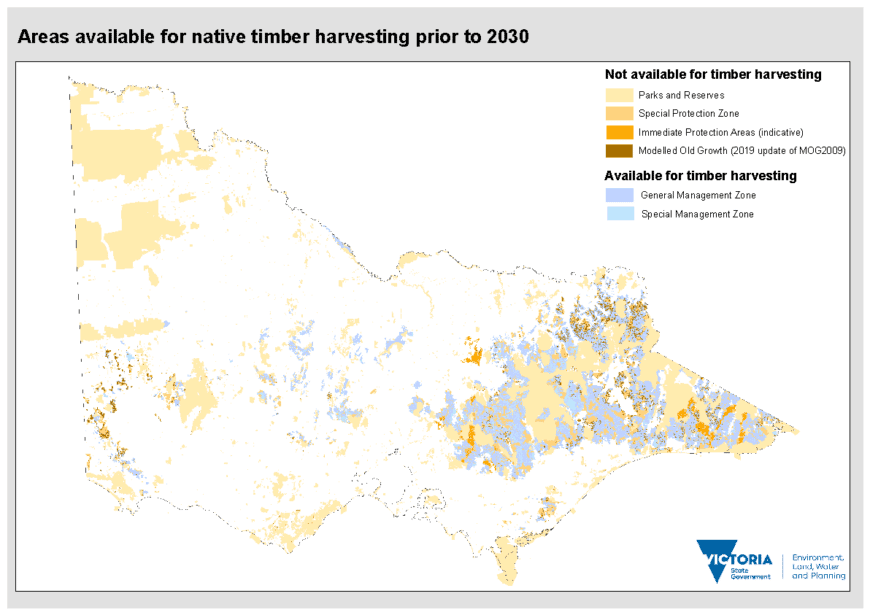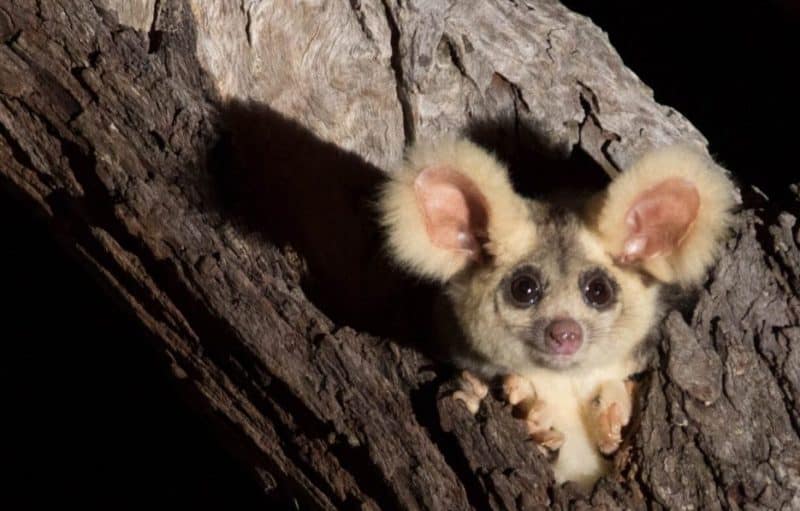NEWS 13 November 2019 |
Last week’s announcement by the Andrews Government to immediately protect threatened species habitat from logging and immediately cease logging of old growth native forest in Victoria is a breakthrough (of sorts) towards securing better management of Victoria’s native forests.
Environment Minister Lily D’Ambrosio and the Andrews Government are to be congratulated for announcing this first step – but there will be future political tests in ensuring full and timely delivery of the commitments.
Read on for more detail on what the announcement means.
- Immediate protection areas for threatened species: 96,000 hectares of forest will be exempt from logging and put in “immediate protection areas” to protect Greater Gliders, Leadbeater’s Possums and 35 other forest-dependent threatened species. This will be of real benefit in some areas, particularly for the forests of the Strathbogie Ranges, but there also still big gaps, particularly in the forests of the Central Highlands. (Read more detail)
- End to logging old growth: Logging in remaining old growth forests will cease immediately, protecting around 90,000 hectares across eastern Victoria. However, what is defined as ‘old growth’ will be based on computer modelling and will be implemented through forestry rules, which can be weak. The Andrews Government will need to be held to this commitment. (Read more detail)
- New reserves: A commitment for the “… biggest addition to our reserve system over 20 years …” However, there are no detailed timelines, and it is unclear what type of reserves these will be and whether or not they will be given the highest form of protection under the National Parks Act.
- Logging industry transition: All logging in native forests across the state to stop by 2030, starting with an initial step down in 2024. The writing has been on the wall for the declining logging industry for many years. Government support for industry transition and worker transition is fair and a useful political move. But it will not kick in until 2024. We are concerned that logging will dramatically increase in the next five years – that whatever can be logged will be logged.
2030 is a long time away and much can happen in that period, including changes of state government. In the meantime, will every last available tree be logged?
The announcement is a start in the right direction, but we will need to work hard to ensure these commitments are actually delivered.
The principle to cease logging important native forest areas is certainly positive, but this plan needs to be more than an aspiration. Significant political leadership and action is still necessary to ensure real-world benefits for our native forests. As always, nature needs more than just temporary solutions.
We also need to make sure that native forests are protected right across the state, not just in some areas. There is still no decision on protecting forests in the central west of Victoria – in fact, some of the maps released show these areas will still be open for logging.
Industry and the union are pushing back hard against last week’s announcement – even though the logging industry has been in decline for years.
That is why it is more important than ever that we show our support for the protection of nature. A great action you can take is to join us at our upcoming Nature for Life Rally at Parliament to call on the Andrews Government to take more action for nature protection.
Nature for Life Rally
Date: Thursday 28 November
Time: 12pm–2pm
Place: Parliament steps, Spring St, Melbourne
Followed by: BYO picnic in Treasury Gardens

